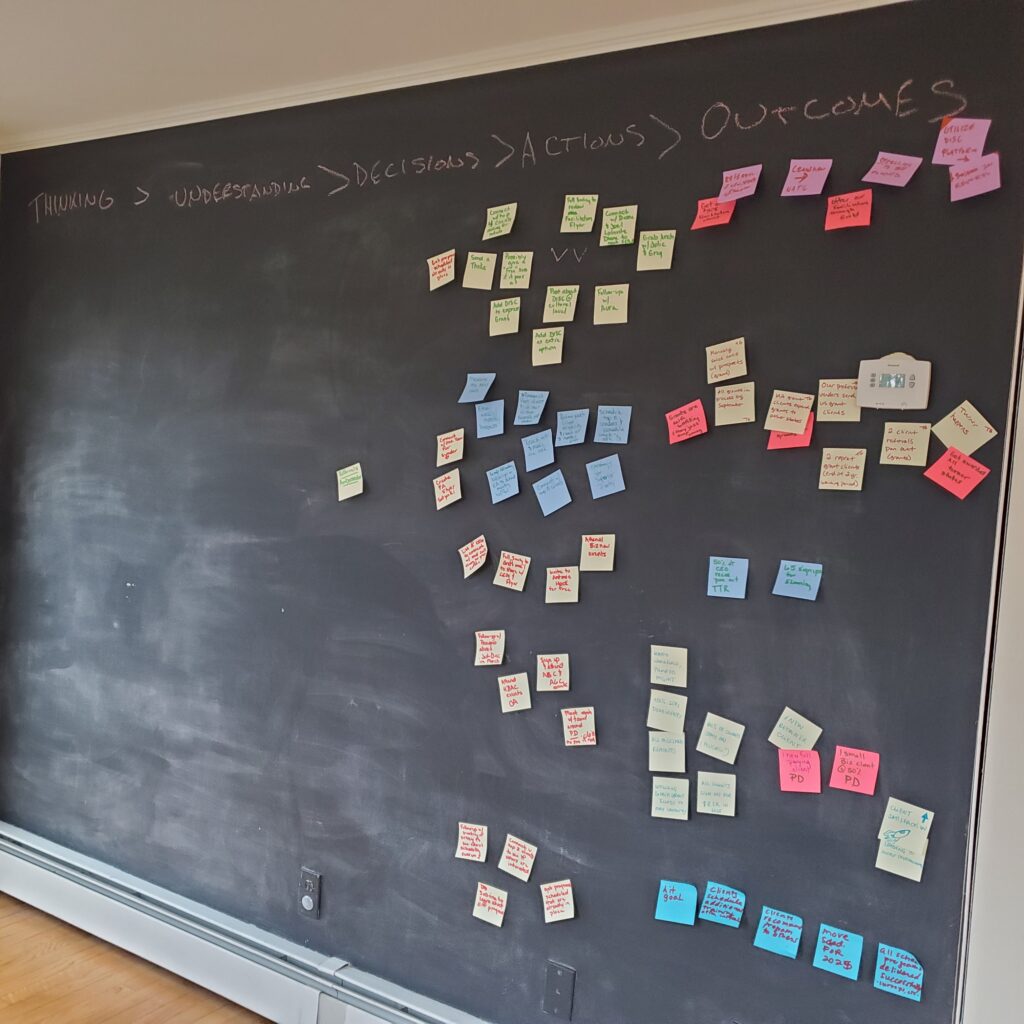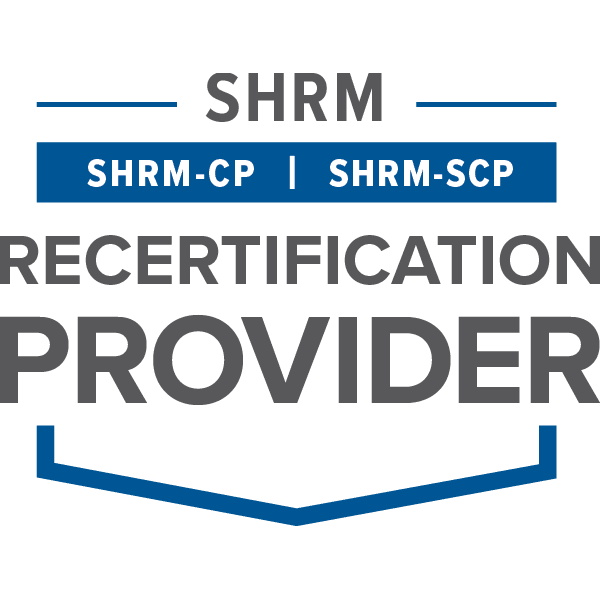Let’s hear it for process improvements!
In this blog, we’ll clue you into how your organization can:
➜ Reduce time (and stress) spent on projects.
➜ Increase efficiency and effectiveness in getting a project out the door.
➜ Create SOPs that give your team and clients confidence.
Process improvements continuously enhance an organization’s products, services, and processes. They reduce friction, streamline communication, and increase efficiency – supporting business growth by decreasing money and time costs.
In fact, 21% of companies that prioritize process optimization strategies see a 10% reduction in time and money spent on tasks in the long run.
One way to improve a process is to systematize it through a Standard Operating Procedure (SOP) document that breaks down the task. Knowledge housed in SOPs standardizes a process so it’s consistent, efficient, and effective across all team members.
Here’s how you can create powerful SOPs to help streamline your work.
- Consult your team.
Running and systemizing a business so all moving pieces work seamlessly is a group effort, so consider booking an all-hands strategy session on the team calendar.
With everyone collaborating, you can take time to evaluate, dissect, and brainstorm a process that needs a helping hand.

Never doubt the power of visual brainstorming! Our team uses sticky notes and chalkboard walls to brainstorm ideas and draft action plans.
2. Start small.
Start by identifying one process that has hiccups. This could be an internal communications process, an external deliverable, or a combination of both.
Say your team is rolling out a new process to help facilitate communication between your team and your clients called a Weekly Report.
Weekly Reports serve as your organization’s main vehicle to communicate with your clients. It’s a vital email detailing your work status and critical updates on your project progress.
But if they aren’t standardized, they can leave your team and clients feeling lost. Your team may feel frustrated by a lack of guidance and clients may sense disorganization, which could decrease their trust in you.
3. Create best practices around processes.
Now, identify a subject matter expert (SME) to take on the responsibility of creating an SOP. This should be someone who understands the process like the back of their hands.
Start by introducing the purpose of the process you’re breaking down in a few sentences.
- “A Weekly Report is an email our team sends to clients at the beginning of each week updating them on the status of their project and should include “hot button” items like due dates, timelines, or significant situations. This document describes how client specialists can create a Weekly Report.”
Next, outline the specific steps that need to be taken to complete this task and include a description sentence if necessary. Be sure to include whose responsibility it is to take action.
- For example, who is responsible for sending the Weekly Report to the client? A manager or client specialist? Including this information in the SOP can look like this: “It is the client specialist’s responsibility to email the Weekly Report to each client every Monday by 1 p.m.”
4. Translate tasks into actionable steps.
Finally, save this SOP in a shared location under a specified training folder for current and future employees to easily reference. In our Weekly Reports example, the SME can also create a template of what the actual email should look like. This template should be a starting point for future Weekly Reports instead of starting from scratch.
Keep those SOPs from collecting dust. Set clear next steps for each team member. Make a plan to revisit them periodically, at least once a year, to ensure they are still accurate and optimized.
- Where will actionable steps live? Asana, Monday, a Word document? Pin them somewhere where team members can be accountable for their tasks and reference the overall goal.
With some guidance and planning, your team can benefit from a more systematized approach to delivering a crucial task. That is the power of process improvement.










